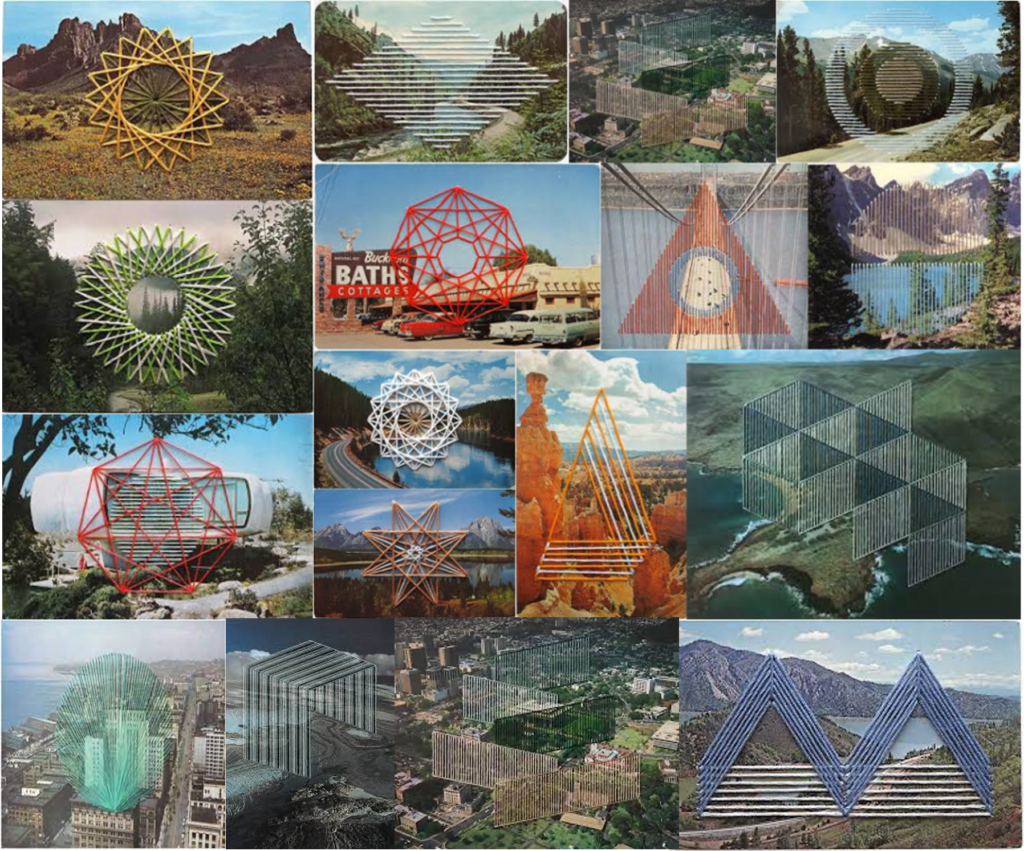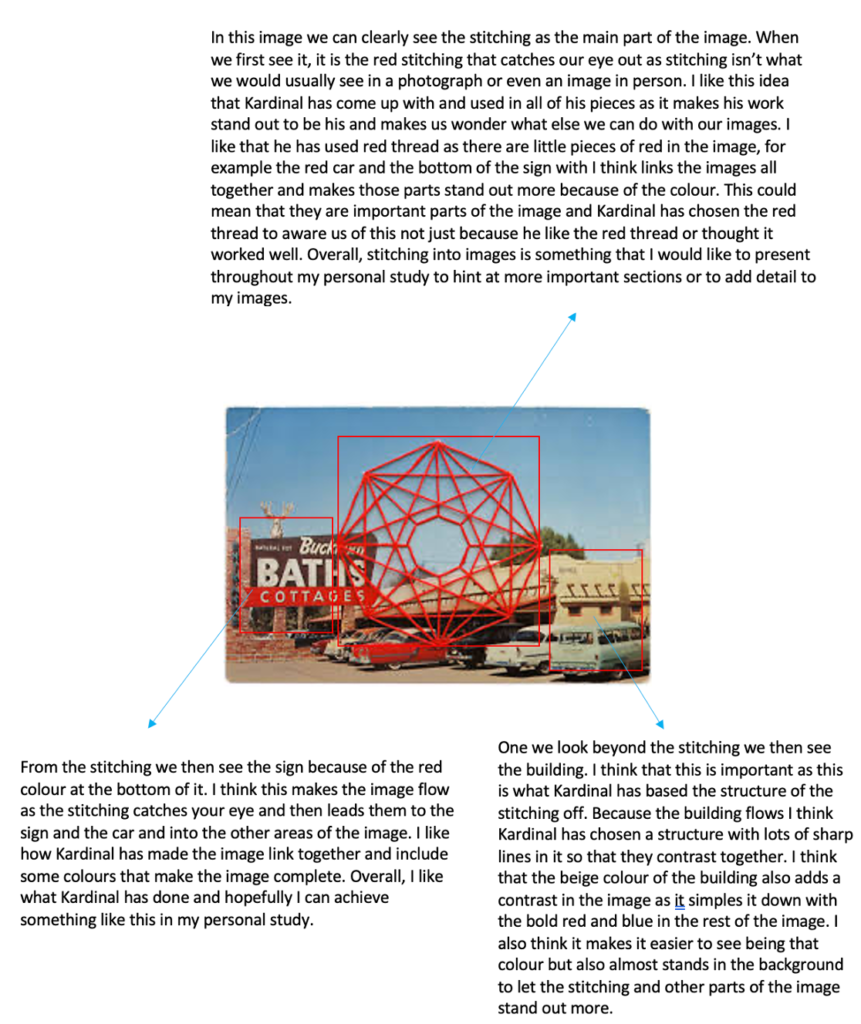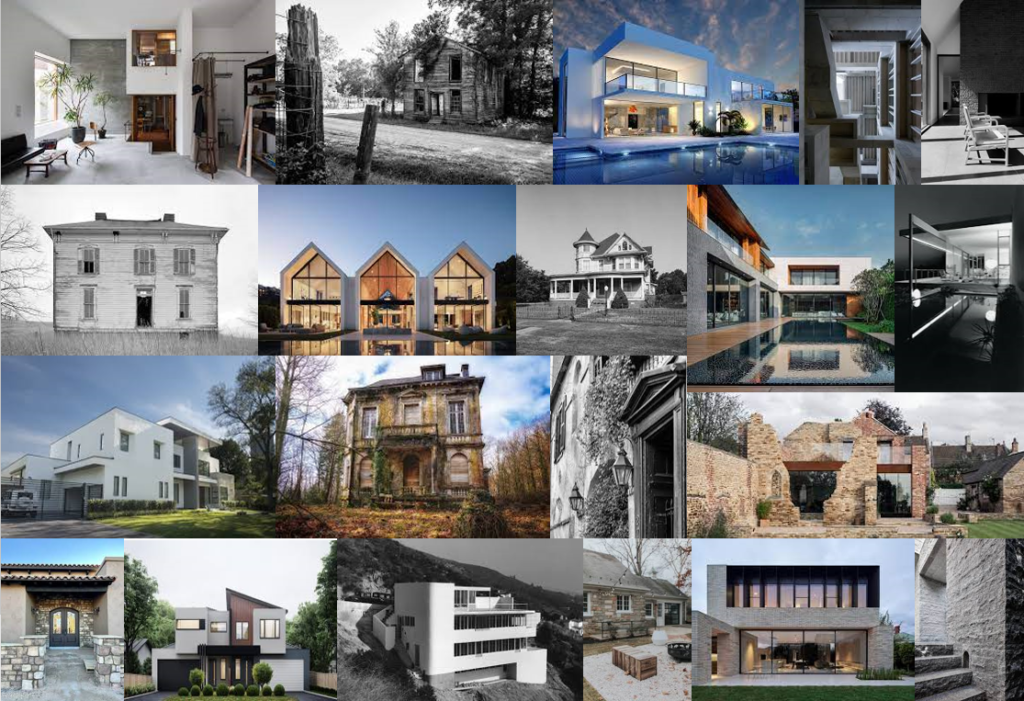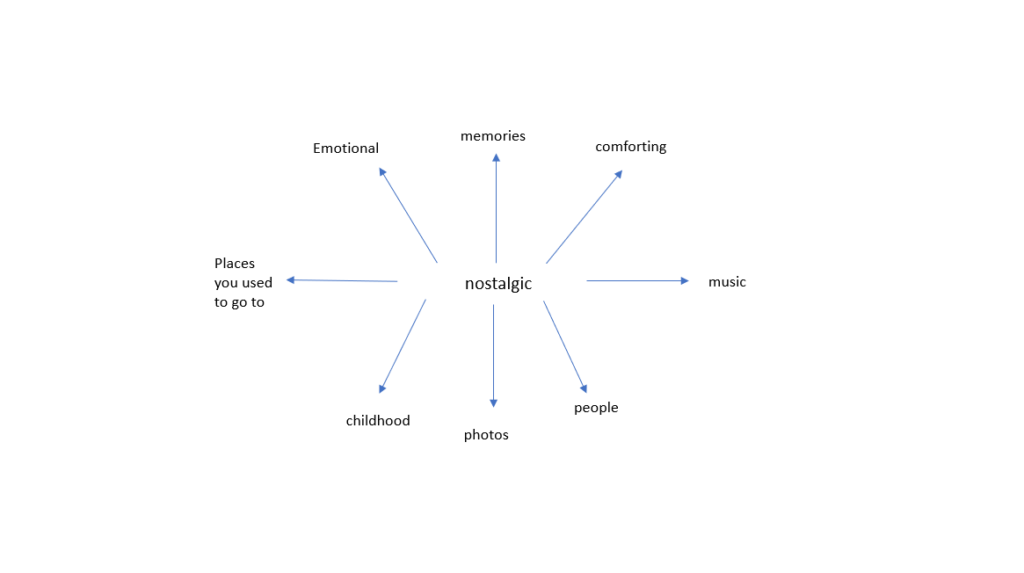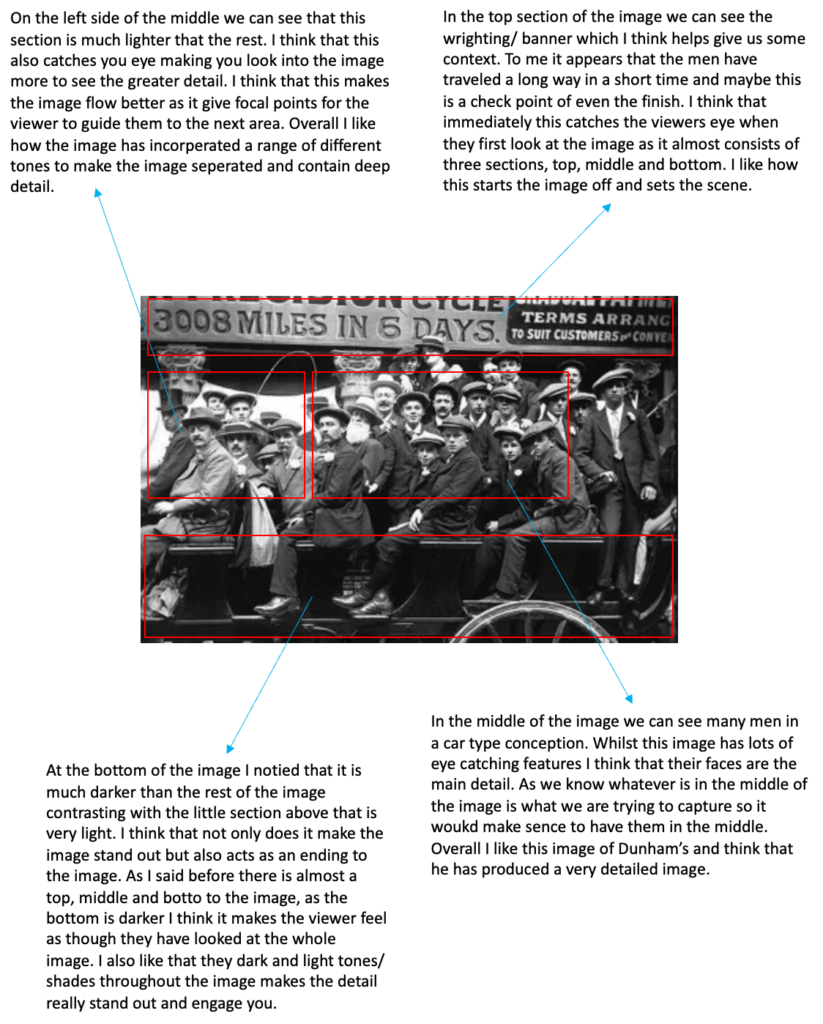mind map:
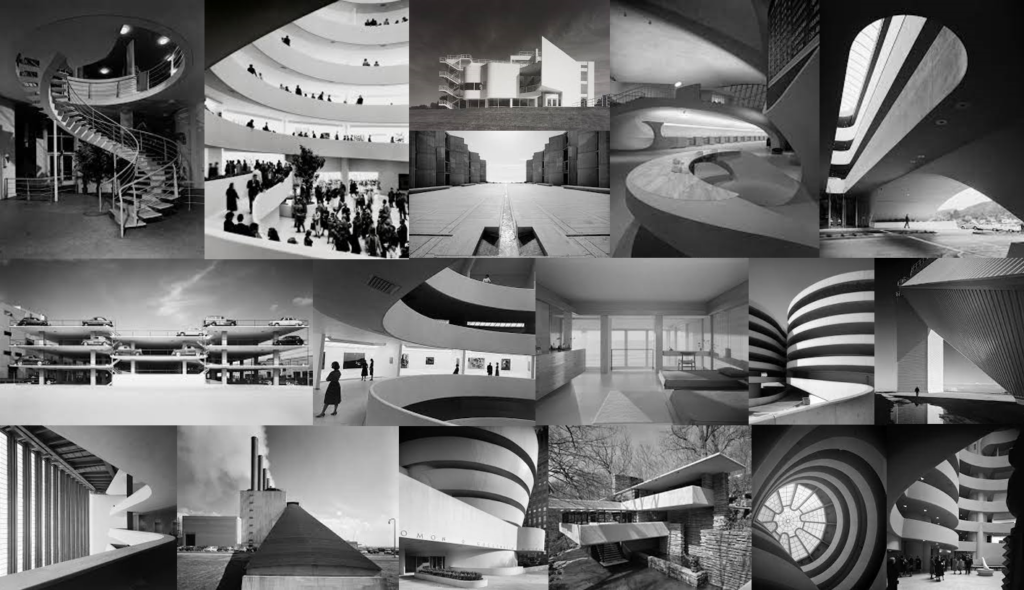
about Stoller and why I have studied him:
Ezra Stoller was an architecture student at NYC who was born in Chicago in 1915 and later moved to New York where he grew up. He graduated in 1938 with a BFA in industrial design and went on to take photographs in the Office of emergence Management. He then got drafted and became a photographer at the Army Signal Corps photo centre in 1942. After World War II he continued his career and passion for architectural photography and over the following forty years be became a well know photographer, famously know for his architectural images, and his use of lighting and perspective which allowed him to produce elegant images showing the beauty of architecture. Many of his images show the three dimensional structures that building hold and he was very focused on his vantage point as well as the lighting that his images would need to turn out the way he wished them to. From my mood board you can tell that lots of his image contain similar lines, shapes, tones, and textures. Stoller was able to uniquely visualise the inspiration that architecture gave off and chose to photograph it to keep it alive. Some of his images are what people recognise building from and he has become a photographer who captured social history and document incredible pieces of architecture. At the time, Stoller work with many of the top architects such as Frank Loyd Wright, Paul Rudolph, Marcel Breuer and many more. Sadly, Stoller passed away on the 29th of October in 2004 but his legacy will forever go on.
I have chosen to study Ezra Stoller as I think his work is very powerful and I hope to achieve some images inspired by his for my personal study. In his images he includes lots of symmetry which I think draws the viewer into the images making them engaged and they then see the detail that they hold. All of his images are of quite large open building which I think allows for a simple but effective image with room for the viewer to add their own story of interpretation. All of Stoller’s images are presented in black and white which in architecture photography leaves us with images with great detail and different tones. I also think that it means that the viewer can focus on the actual architecture and not get distracted by the colours of the images. Overall I really like Stoller’s work and am heavily inspired by his images and wish to make a successful response to them.
artist zoom-in:

bibliography:

